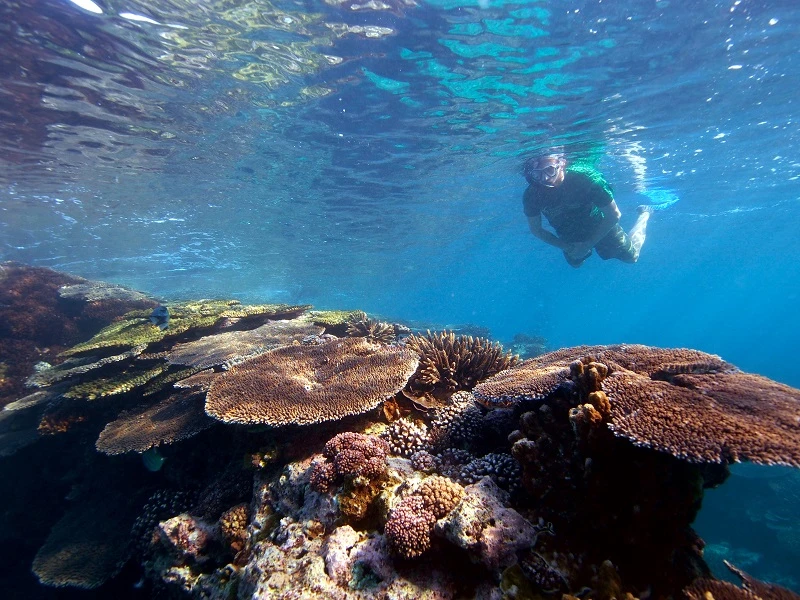
Costa Rica, which is situated in Central America between Panama and Nicaragua, has a coastline that encircles both the Pacific Ocean and the Caribbean Sea for a total of around 800 miles (1,300 km).
Costa Rica is a terrific vacation destination, even though snorkelers may only reach a small portion of the coastline. Water sports enthusiasts who want to explore various habitats and observe a broad range of marine life should visit this tropical nation.
Because both the Pacific and Caribbean beaches can have challenges with low underwater visibility and rough seas, Costa Rica is not the ideal choice if snorkeling is your top priority on vacation.
However, there are many beautiful places to snorkel while on vacation if you are drawn to Costa Rica’s rain forests, volcanoes, beaches, outdoor activities, and pura vida spirit. Here is some of the best snorkeling in Costa Rica, along with some frequently asked questions about this fascinating country.
Gandoca Manzanillo Wildlife Refuge
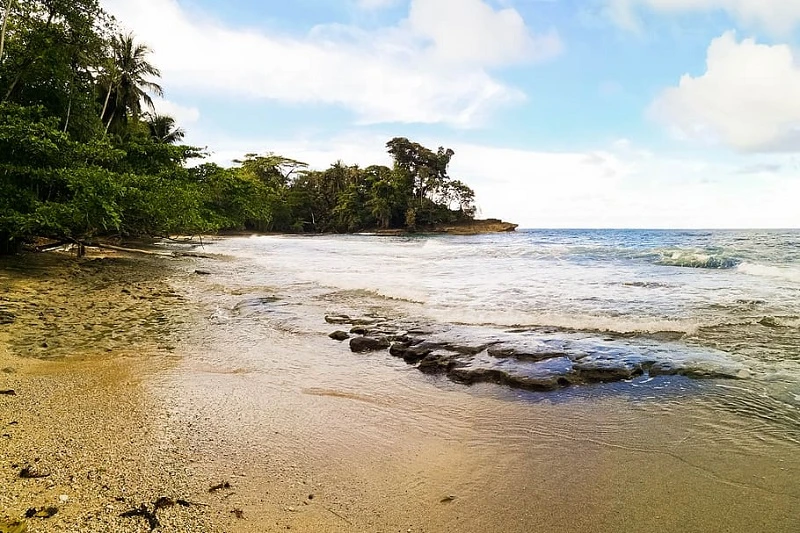
One of the top locations for snorkeling and scuba diving along Costa Rica’s Caribbean coast is the Gandoca Manzanillo Wildlife Refuge, which is located in the province of Limón.
The wildlife refuges white sand beaches, small coral reefs, clear waterways, mangrove ecosystems, and lush rain forests make it a wonderful vacation spot for those who love the outdoors.
There are beautiful areas to explore throughout the entire refuge, and entrance to Gandoca Manzanillo is free. Some of the best snorkeling spots in the area include Playa Manzanillo, Playa Punta Uva, and Playa Chiquita, which are teaming with marine life.
Many tropical fish, corals, urchins, and lobsters are visible to snorkelers. Sea turtles, manatees, and dolphins could all be seen if you’re lucky. Even though the refuge includes some remote areas, Manzanillo boasts a variety of eateries, pubs, shops, and housing options.
Cahuita National Park
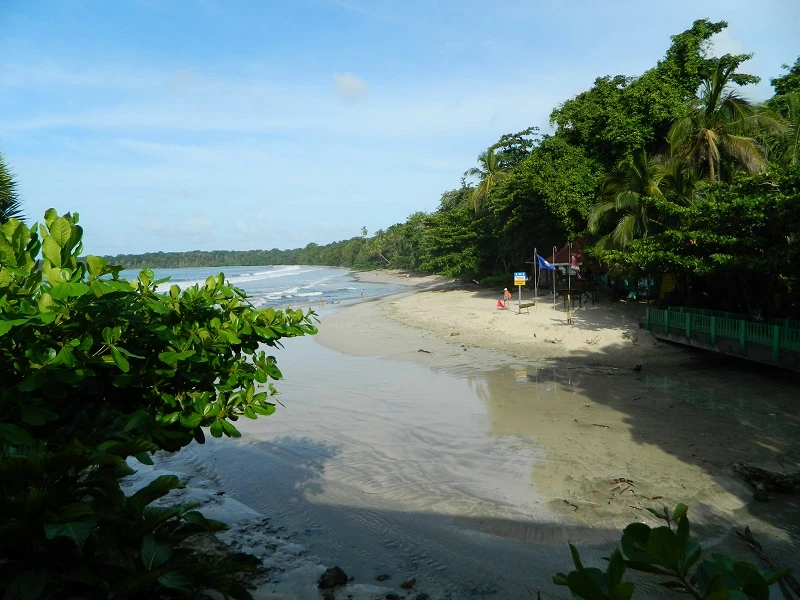
Cahuita National Park, a few miles to the northwest of the Gandoca Manzanillo Wildlife Refuge, is renowned for having an extraordinary diversity of terrestrial and marine species.
Around 500 distinct fish species and 100 different mollusc species can be found within the park, which also safeguards Costa Rica’s largest coral reef system.
Visitors can see sea anemones, corals, crabs, vibrant reef fish, sea horses, reef sharks, and stingrays while snorkeling. You can also observe monkeys, sloths, parrots, iguanas, poison dart frogs, and toucans if you walk through the park.
A great alternative that will reward you with views of the beautiful coastline, azure waters, and an abundance of animals is the trek to Punta Cahuita.
Bat Islands
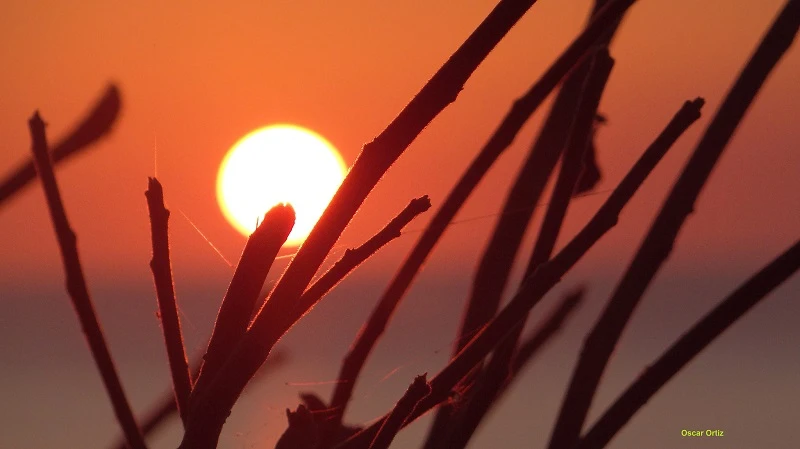
Snorkeling or scuba diving in the Bat Islands is truly a once-in-a-lifetime adventure! These islands, which are part of the Pacific Coast of the Guanacaste province, are home to a variety of marine species, but bull sharks are what make them famous.
Bull sharks, unlike other shark species in Costa Rica, are extremely hazardous! They are renowned for their aggressive behaviour and can reach lengths of up to 3.5 metres (11.5 feet).
But don’t let that scare you away; even though divers have been coming to the Bat Islands for decades, there has never been a documented incidence where they have attacked divers.
The Bat Islands are not habitable, although you may get to them by boat from Coco Beach or Tamarindo. Legally, you do not need to organise a tour to snorkel or dive at the Bat Islands, although unless you have a boat of your own, you probably should.
The Bat Islands are also home to a variety of ray species, tropical fish, dolphins, whales, and turtles in addition to sharks. Therefore, even if you are unable to dive with bull sharks, it is still highly recommended that you visit this location to explore the seas.
Isla Del Caño, Osa Peninsula
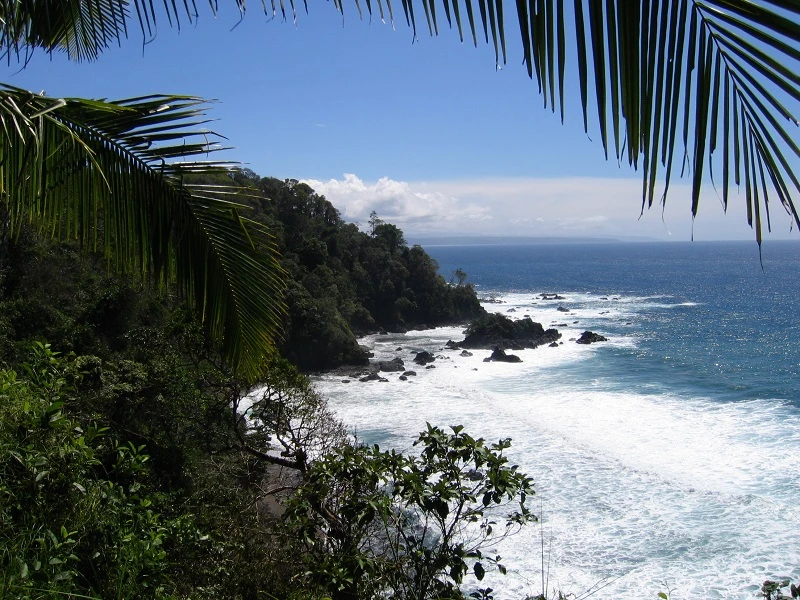
On Costa Rica’s Pacific Coast, the Cao Island Biological Reserve is a popular destination for snorkelers and scuba divers. This beautiful nature reserve has abundant marine life and clear water with good visibility.
The region is renowned for seeing enormous sea creatures and is one of Costa Rica’s greatest diving locations. Snorkelers and divers can see sea turtles, barracudas, manta rays, humpback whales, pilot whales, white tip reef sharks, and even whale sharks in addition to angelfish, parrotfish, pufferfish, snappers, and moray eels.
You’ll need to take a boat to get there because the island is roughly 12 miles (20 km) offshore from Drake Bay on the Osa Peninsula.
Golfo Dulce, Osa Peninsula
The Osa Peninsula is separated from the Costa Rican mainland by the Golfo Dulce, a tropical fjord. For those who enjoy the outdoors and wish to experience Costa Rica’s diverse wildlife, the gulf and the national parks and forest reserves that surround it are a paradise.
Staying at one of the various eco-lodges in the region, where you can enjoy untamed beaches, lush rain forests, and tranquil waters, is the finest way to see Golfo Dulce.
Spinner dolphins can be seen playing in the water and exploring coral reefs along the shore when snorkeling. Watch out for orcas and humpback whales in the bay.
Manuel Antonio National Park
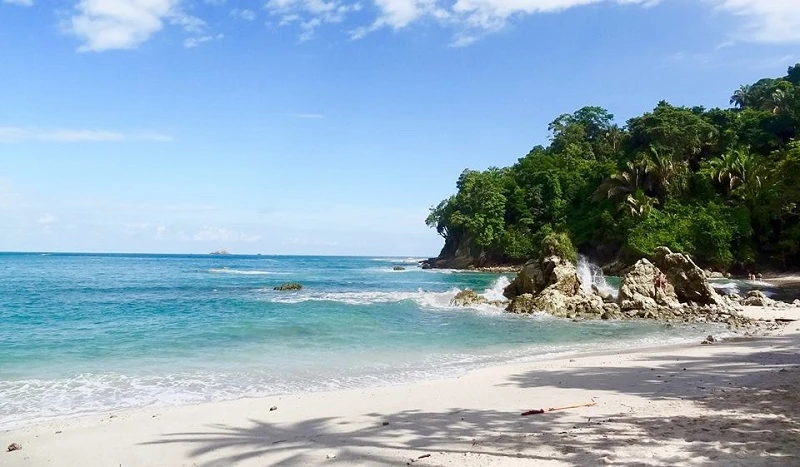
Manuel Antonio is Costa Rica’s most popular national park, with over 140,000 tourists per year.3 Planning is required to visit the park, but practically all visitors concur that the lovely sandy beaches, azure waters, and unusual species make the effort worthwhile.
The best snorkeling spots in the park are at Playas Biesanz and Manuel Antonio. Diverse corals, butterfly fish, sea turtles, wrasse, and other marine life can all be seen. To have the finest snorkeling experience, avoid the months of May through November when visibility can be low.
In addition to your snorkeling equipment, you should pack a waterproof bag to protect your possessions. It is good knowledge that raccoons and monkeys will steal goods left on the beach unattended.
You must make reservations online in advance if you plan to explore the park on your own. For the most recent details on operating times and admission requirements, visit the park’s official website. We advise you to reserve a guided excursion, like this kayaking and snorkeling tour, to easily access the best locations.
Islas Santa Catalina, Guanacaste
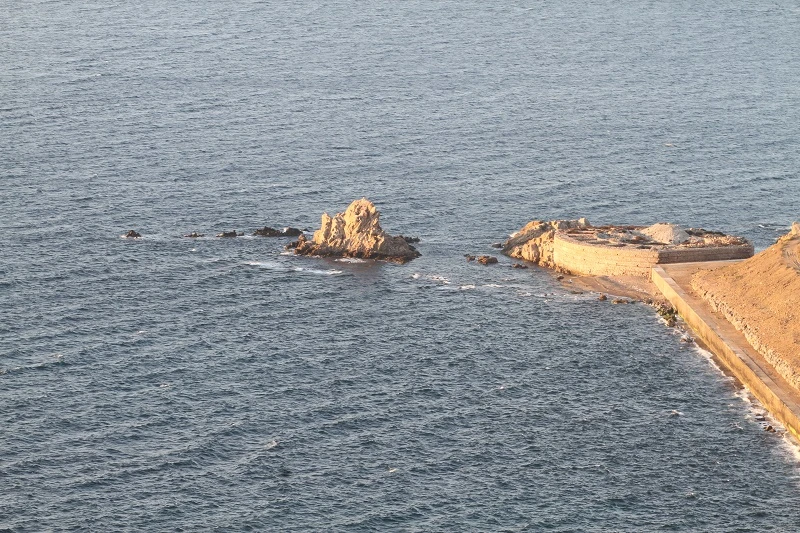
The Catalina Islands are a group of about 20 rocky islets in Guanacaste Province, close to Flamingo Beach. Due to the abundance of marine life in the area, the island chain draws a lot of snorkelers and scuba divers.
The ray population of the Santa Catalina Islands is well renowned for its variety, which includes big manta, spotted eagle, and devil rays. Divers and snorkelers can also spot whales, whitetip reef sharks, moray eels, damselfish, sea turtles, and octopuses.
Tamarindo, Conchal, Potrero, and Puerto Viejo are famous vacation destinations from where it is simple to go by boat to the Catalina Islands. From Playa Flamingo, the boat voyage takes 20 to 30 minutes one way.
Montezuma
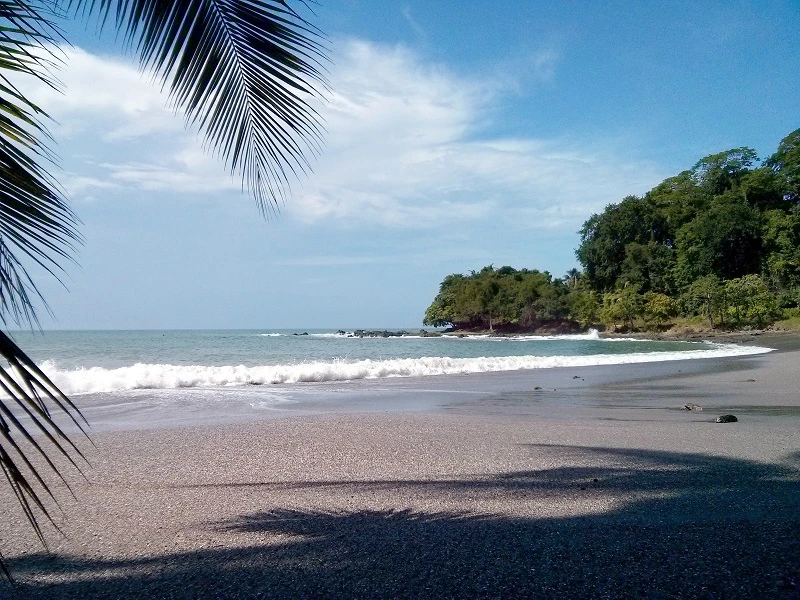
The hot tub-sized pools at Montezuma Beach are the ideal area to snorkel securely for people who don’t feel comfortable doing so in open water.
There’s no reason why you shouldn’t appreciate the marvels of the sea even though some people may not feel safe snorkeling in open water. In the coastal hamlet of Montezuma, a vast network of danger pools can be seen during low tide on the Pacific coast.
You can bring your goggles and search for critters from tidal pools in some of these pools because they are as big as hot tubs. On and under the rocks, you can find small fish, crustaceans, sea hares, and barnacles.
Gulf of Papagayo, Guanacaste
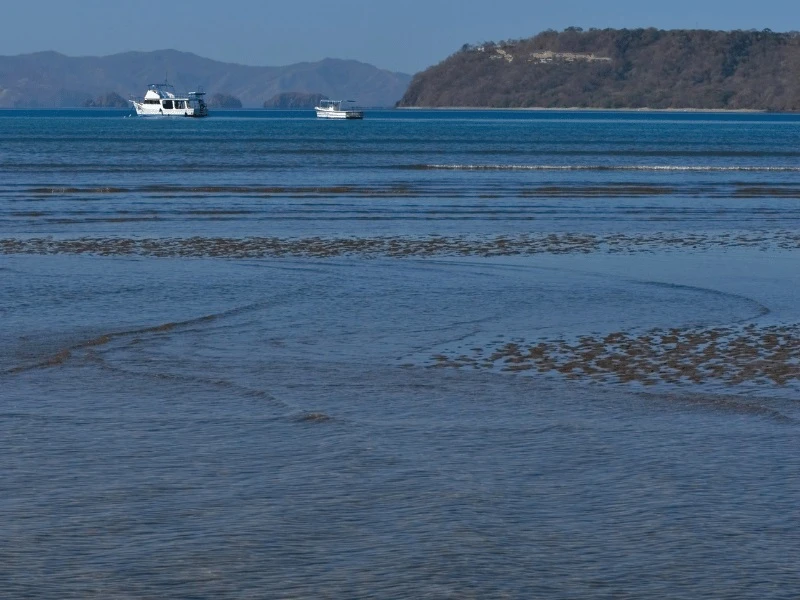
The Gulf of Papagayo in Guanacaste has a rocky coastline with numerous snorkeling spots. The region is a great place for snorkeling, kayaking, and boat cruises because there are so many safe bays and inlets there.
Both Calzon de Pobre and Playa Penca offer some of the best snorkeling in Costa Rica’s Pacific coast and are suitable for beginners. For experienced snorkelers, Playas del Coco, Playa Ocotal, Playa Hermosa, and Playa Buena are other great options.
Each location gives the potential to witness stingrays, sea turtles, starfish, urchins, and other marine life in addition to the various fish species typical of the Eastern Pacific.
Visit Islas Pelonas if you don’t mind taking a little boat ride from Playas del Coco to witness hawksbill turtles, Pacific seahorses, and a variety of vibrant fish.
San Josecito
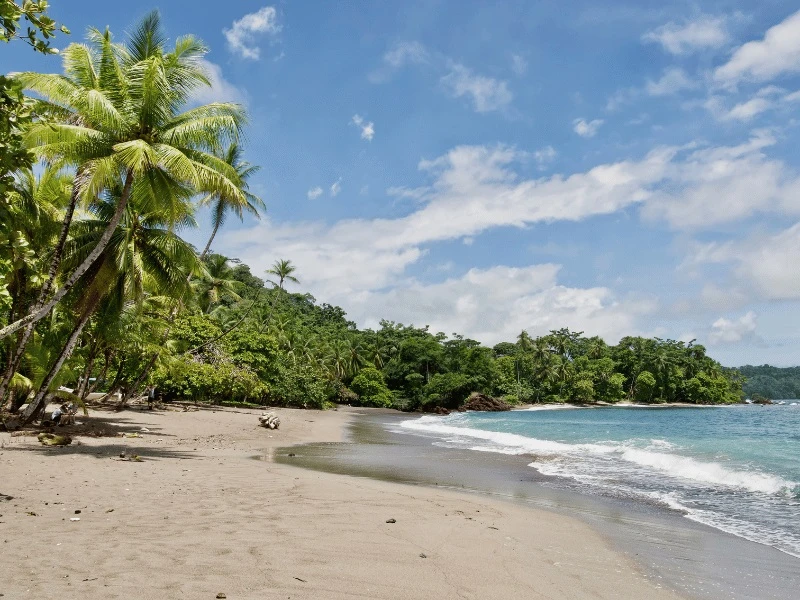
San Josecito Beach is concealed along the Pacific Coast between Drake Bay and Corcovado National Park. The quiet beach is a great place to explore the coral reef and its colorful residents because it is shielded from the majority of waves and currents by rocky outcroppings and reefs.
The beach is reachable by boat from the town or by hiking a couple of miles along the coastal trail that begins there.
Isla Tortuga
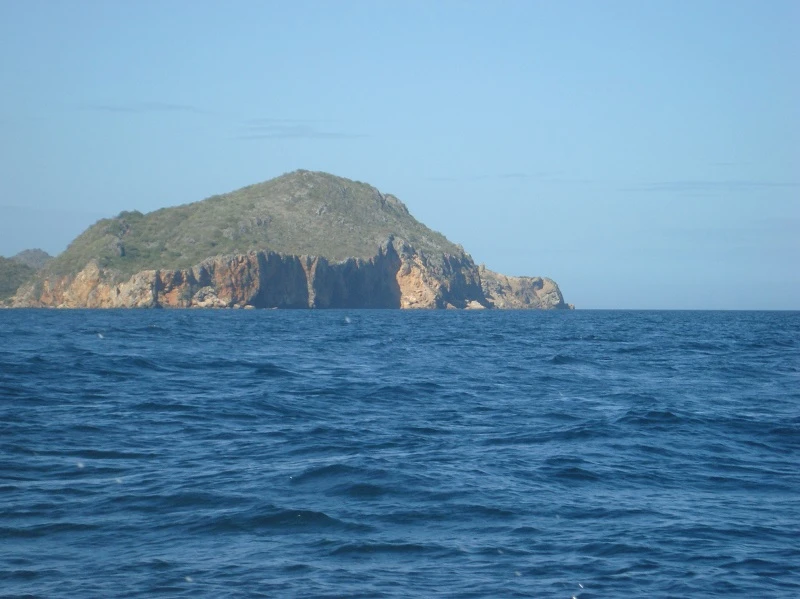
Isla Tortuga, often known as Turtle Island, is a part of the Islas Negritos Biological Reserve and is situated off the Nicoya Peninsula. This family-friendly snorkeling location on the Pacific coast is perfect for novices because of the tranquil, clear waters.
Sea turtle sightings are frequent around this desolate island, as the name would imply. Moray eels, eagle rays, porcupinefish, parrotfish, angelfish, and other marine life can be found in the turquoise waters.
Several travel providers offer tours from the mainland, such as this snorkeling adventure tour departing from Jacó. On the boat trip over, keep an eye out for large marine animals; the area is frequently visited by humpback whales, pilot whales, dolphins, and manta rays.
The Best Time Of Year To Go Snorkeling In Costa Rica
The dry season, which spans from late December to mid-April, is the greatest time to snorkel along Costa Rica’s Pacific coast. From about May to early December is the rainy season, and the subsequent runoff causes poor visibility at many Pacific snorkeling locations.
On the Caribbean side, September and October are the best months for snorkeling since the water is the clearest and calmest. Additionally, the months of April, May, and August are favorable for snorkeling. Snorkeling is not recommended during the surf season, which runs from December to March.
The Best Snorkeling Side Of Costa Rica
The Pacific and Caribbean shores both offer fantastic snorkeling locations. What time of year you intend to travel and what marine species you’re most interested in seeing will determine which side is best for you.
There are many more snorkeling locations along the lengthy Pacific coastline, which is also generally more developed and home to more resorts. The marine fauna is typical of the East Pacific, and comparable species can also be found in Mexico’s Sea of Cortez.
Additionally, there are more opportunities to see large animals like whales and whale sharks on the Pacific side. The Caribbean coast is farther away and has fewer infrastructures for tourists and development. Since the coastline is significantly shorter than on the Pacific side, there are fewer opportunities for snorkeling.
With a wide variety of tropical fish, coral reefs, sea turtles, dolphins, and other marine life, the water life is typical of the Caribbean.
Conclusion
Some of you were unsure whether the above mentioned Best Snorkeling In Costa Rica is safe at the beginning of this essay, but you now all know the answer.
You will undoubtedly find a perfect location to watch the amazing marine life, whether you travel to the Pacific Coast, the Costa Rican islands, or the Caribbean side.
Not all of the locations discussed in this article are appropriate for novices, but you should take into account those that are close to the beach, have shallow seas, and have gentle currents. The areas close to the shore still offer a variety of aquatic species to see and view, so leave the remote islands to the experts.
